Low-Maintenance Gardening Saves Time
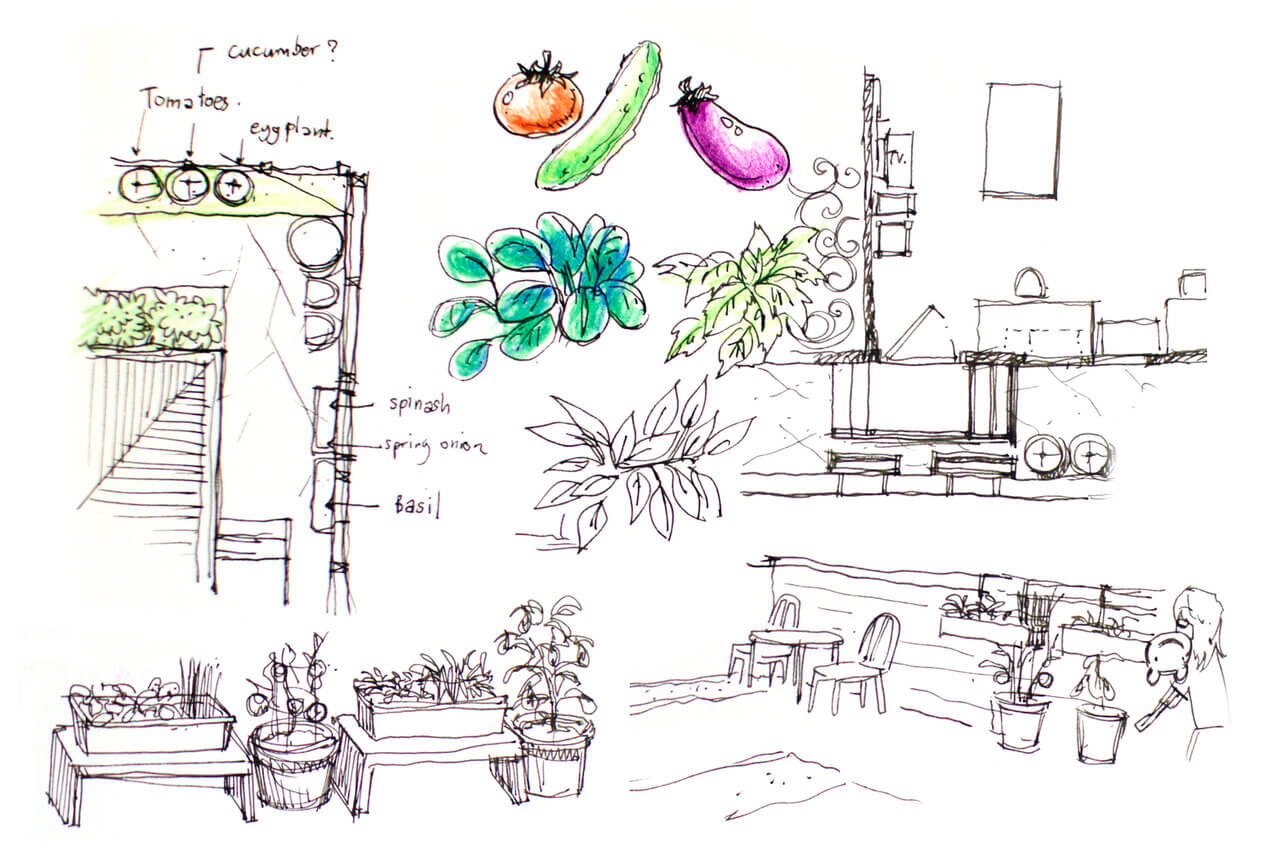
Low-maintenance gardening is a great way to get your hands dirty and enjoy some fresh veggies right from your backyard. It might seem like a big commitment at first, especially if you’re new to it.
But, it doesn’t have to be. The trick is to manage your time right.
With a good approach to time management, you can create a garden that thrives throughout the year. A garden that doesn’t take over your life.
Keep reading and I’ll show you how you can manage your time effectively and easily enjoy growing vegetables in both summer and winter.
Balancing Time with Low–Maintenance Gardening
Time management in gardening is much like organizing any other part of your life. Whether you’re in an office or in your garden, being efficient with your time is key.
Start by figuring out what you want from your garden. This could mean focusing on growing veggies or planning for seasonal flowers.
Once your goals are set, prioritize your tasks. For example, if veggies are your aim, your first step is to prep the soil, and then get those seeds in the ground.
Ever heard of the Eisenhower Box? It’s a useful way to sort out your tasks by how urgent and important they are. This helps you focus on what needs to be done first, like watering new plants, before less critical tasks like pruning.
I’m a huge fan of lists and constantly make reminder notes. By writing down my daily, weekly, and monthly gardening tasks, I keep things organized. This keeps me on track instead of forgetting and having to try and catch up later.
Additionally, the busier I get the more I find time blocking helpful. I set specific periods for each task and that’s all I allow for that task. This encourages me to get the work done instead of getting sidetracked. And I can easily get distracted in my garden.
However, this does not mean doing substandard work. I know how much time my garden tasks take and make a point to give myself at least that much time.
Since I can always find things to do in the garden, I need to focus on one task at a time. Multitasking might seem efficient, but it usually means I end up not doing anything well which lowers the overall quality of my work.
Even for non-urgent tasks, like pruning, setting a deadline helps me know it has to get done by a certain date. This keeps me from procrastinating on the task past that date. I’ve also learned through trial and error to set realistic due dates and not bogus dates. Deep down I know they’re fake and I procrastinate.
Lately, I’ve been trying a technique called the Pomodoro Technique. This involves working for 25 minutes followed by a 5-minute break. It’s been working and has helped me increase productivity and creativity.
And just so you know, it’s fine to say no to things that don’t help your garden grow or that don’t work with your schedule.
To stay organized, use apps or tools to stay on top of things. Think about what usually distracts you while gardening and find ways to cut down on these interruptions. If there are simpler tasks, see if someone else can help out.
Balancing Your Time with Low-Maintenance Gardening
So how do all these time management techniques help you grow vegetables with less effort while being more productive?
First, start with low-maintenance plants that suit your climate and soil type. Do some research on plants that need minimal watering, pruning, or other care. Schedule a 25-minute block of time to do an internet search.
In summer, design your garden to maximize space and reduce effort. For instance, group your plants with similar water and care needs to save time.
Invest in quality, ergonomically designed gardening tools. A good pair of gloves, a sharp spade, and a sturdy hoe can make a significant difference. Take the time after each use to clean and store your tools. A small time investment now will save time later when you can’t find a tool or it rusted after being left dirty.
Mulching is a huge time saver. It retains soil moisture, suppresses weeds, and reduces the need for frequent watering. Soaker hoses or drip irrigation systems are also time-efficient for watering.
Rather than dedicating a whole day to gardening, break the work into smaller sessions. Spend 15-30 minutes daily on tasks like weeding or harvesting. This will keep your garden in top shape and make gardening more enjoyable and manageable.
Keep a record of your gardening activities for future planning. There are many apps available to help you schedule gardening tasks and that offer valuable tips.
Selecting Plants for Ease and Yield
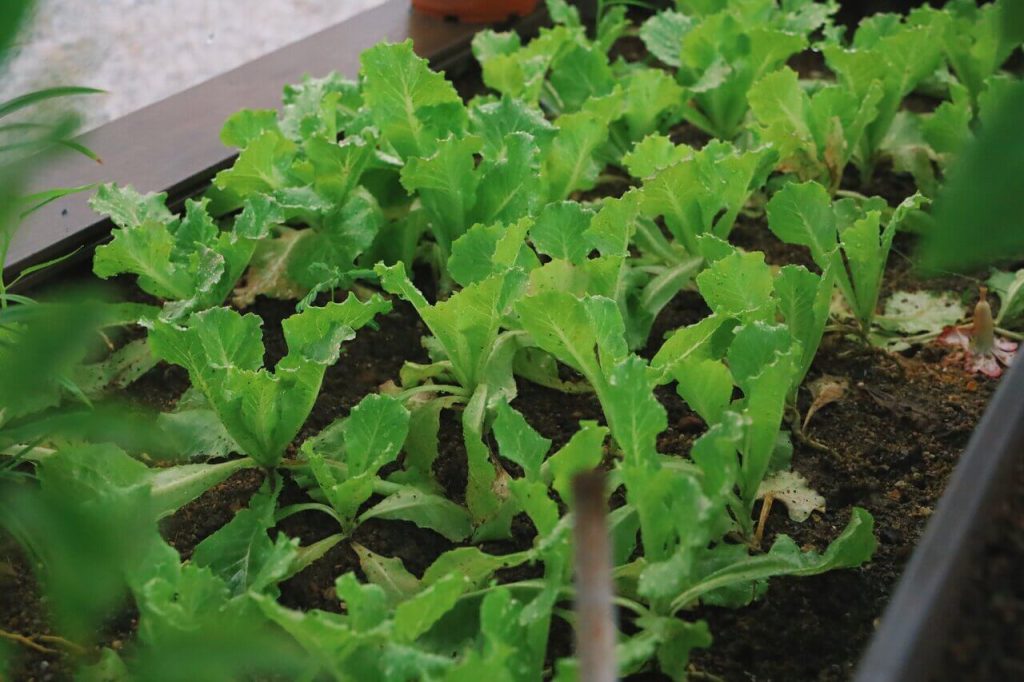
When choosing plants for low-maintenance gardening, consider their ease of growth and maintenance, especially if you’re new to gardening or have limited time.
In summer, certain vegetables are particularly low-maintenance, providing good yields with minimal effort. Lettuce is great for beginners. It grows quickly and doesn’t need much space. It thrives in cooler weather, requires consistent moisture, and needs some shade during hot days. Harvesting can start just a few weeks after planting, offering a quick reward.
Radishes are another excellent choice for quick results. Some varieties are ready for harvest in less than a month. They need regular water and are best planted in cooler weather. Harvest them as soon as they mature to avoid them becoming woody. Use succession planting to continually have produce ready.
Cherry tomatoes are simpler than larger varieties. They’re hardier and less prone to pests and diseases. They need a sunny spot, regular watering, and support as they grow. With minimal care, they’ll provide a continuous supply throughout the summer.
Zucchini is known for its quick and abundant yields. It requires regular watering and occasional fertilizing but not much more. Harvest when the fruits are small for the best flavor and texture.
Green beans, either bush or pole varieties, are another great option for beginners. Bush beans are easier as they don’t require staking. They need regular watering and some space but are otherwise low-maintenance. As with radishes, succession planting bush beans will ensure a continuous crop.
Incorporating herbs like basil, chives, parsley, and mint can be rewarding. They require minimal space, can be grown in small pots, and just need regular trimming to encourage growth.
Indoor Winter Gardening
Growing vegetables indoors during winter can be a rewarding challenge. While some outdoor plants struggle indoors, others adapt well, providing fresh produce even in colder months.
Lettuce, for example, thrives indoors in winter. It prefers containers that allow adequate root growth and don’t need as much light as other vegetables. Place it near a south-facing window or use grow lights. Keep the soil consistently moist but not overwatered.
Radishes are great for indoor winter gardening. They germinate quickly, don’t need deep soil, and require adequate lighting. Keep the soil evenly moist for a healthy crop. They might be smaller than outdoor-grown radishes but will still be flavorful.
Cherry tomatoes can also be grown indoors, although they require more care. They need a lot of light and a deep pot. Stakes or a trellis are essential for support. Regular watering and fertilizing are crucial for healthy plants. Keep the indoor environment warm, as tomatoes are sensitive to cold.
Herbs like basil, chives, parsley, and mint are ideal for indoor cultivation during winter. They don’t need much space and can be grown in smaller pots. Ensure good drainage to prevent root rot, and water them less frequently than outdoor plants. Regular trimming promotes growth.
Bush variety green beans are suitable for indoor gardening but require more space and light. A container at least 12 inches deep is necessary. Consistent soil moisture and plenty of light are essential for a successful indoor crop.
Putting it All Together
No matter the season, gardening can be rewarding and productive with the right approach to time management.
By incorporating the techniques and tips I mentioned, you can streamline your gardening process and make it more enjoyable.
Whether managing a summer garden with low-maintenance vegetables or shifting to indoor winter gardening with suitable crops, the key lies in organizing your tasks, using the right tools, and staying focused on one task at a time.
Remember, every minute counts, and even small efforts can yield big rewards in your garden.
So, embrace these strategies, set realistic goals, and watch as your garden flourishes in every season, providing not just a bounty of produce but also immense personal satisfaction.
Kim Nelson was first introduced to gardening by her grandmother and parents as a young child. Since then, she certified as a Master Gardener in Colorado and Texas, and now shares her experiences through her articles on her website and Medium.

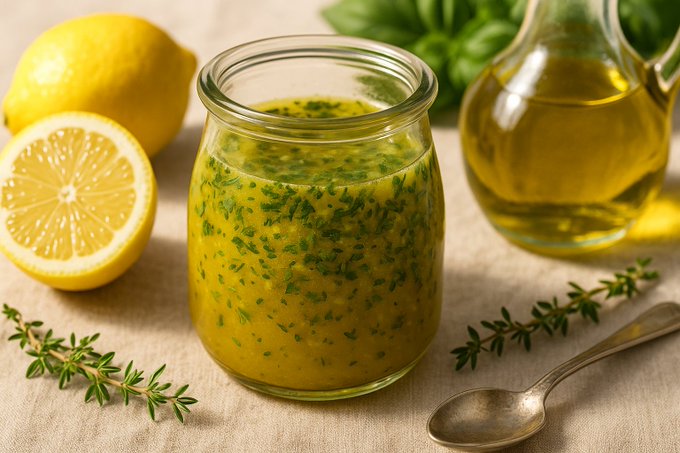
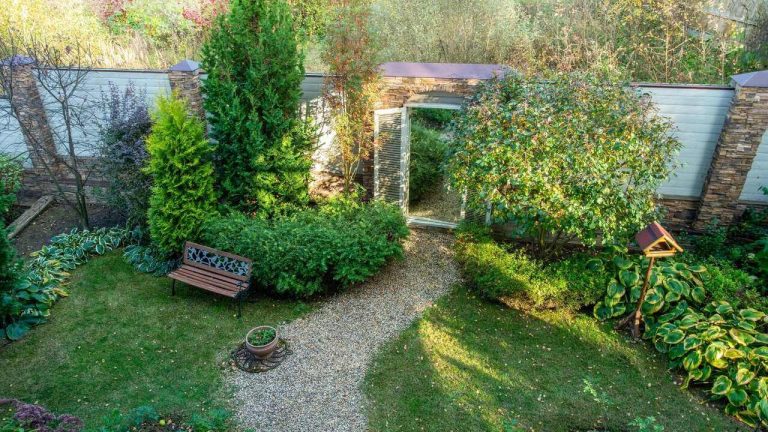
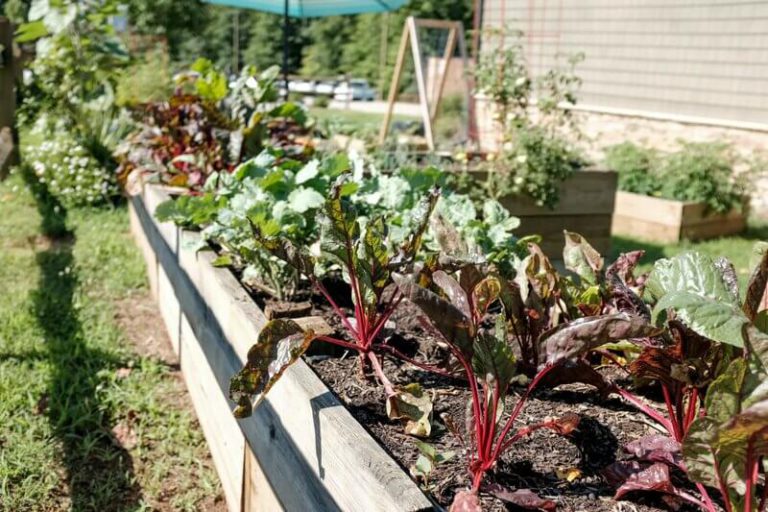


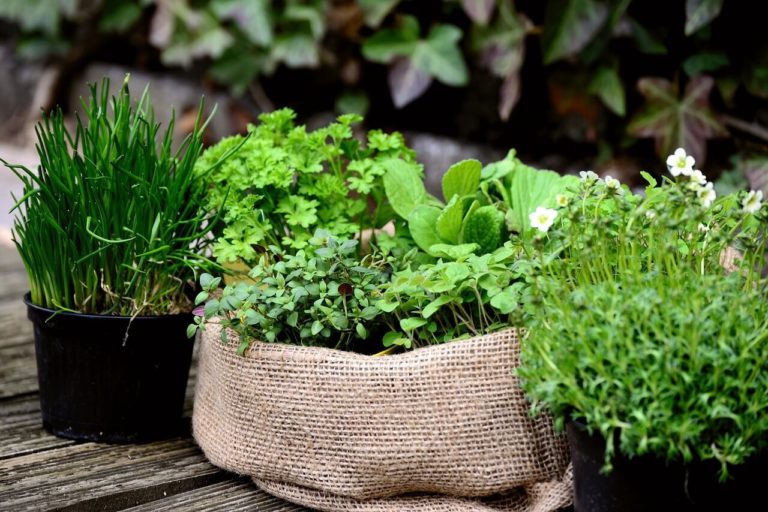
3 Comments
Comments are closed.